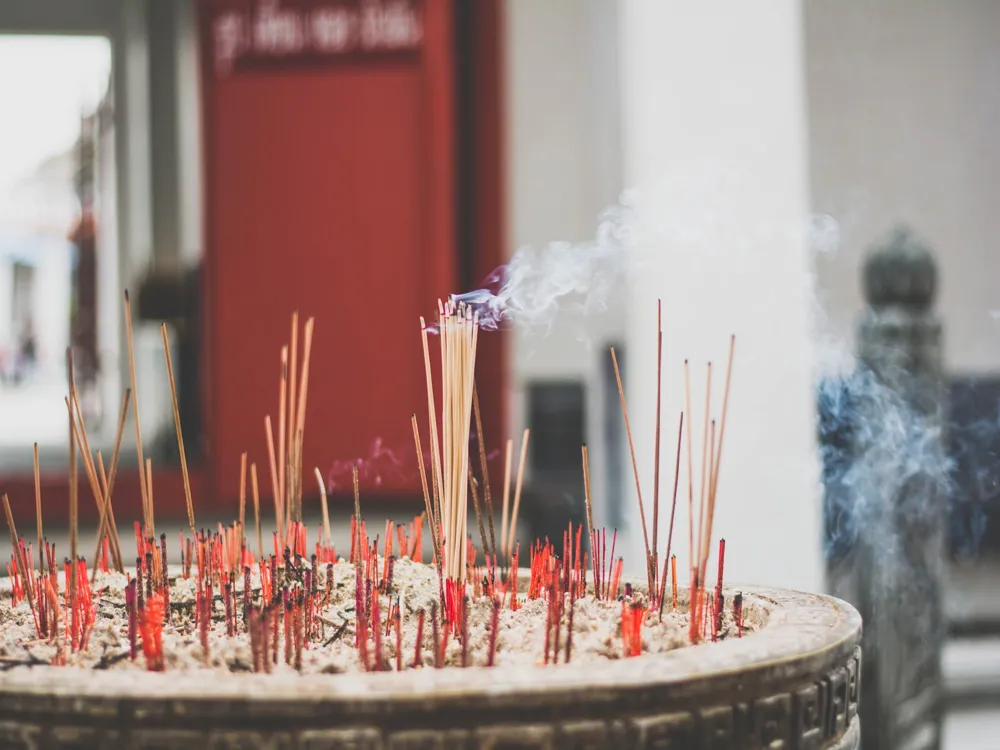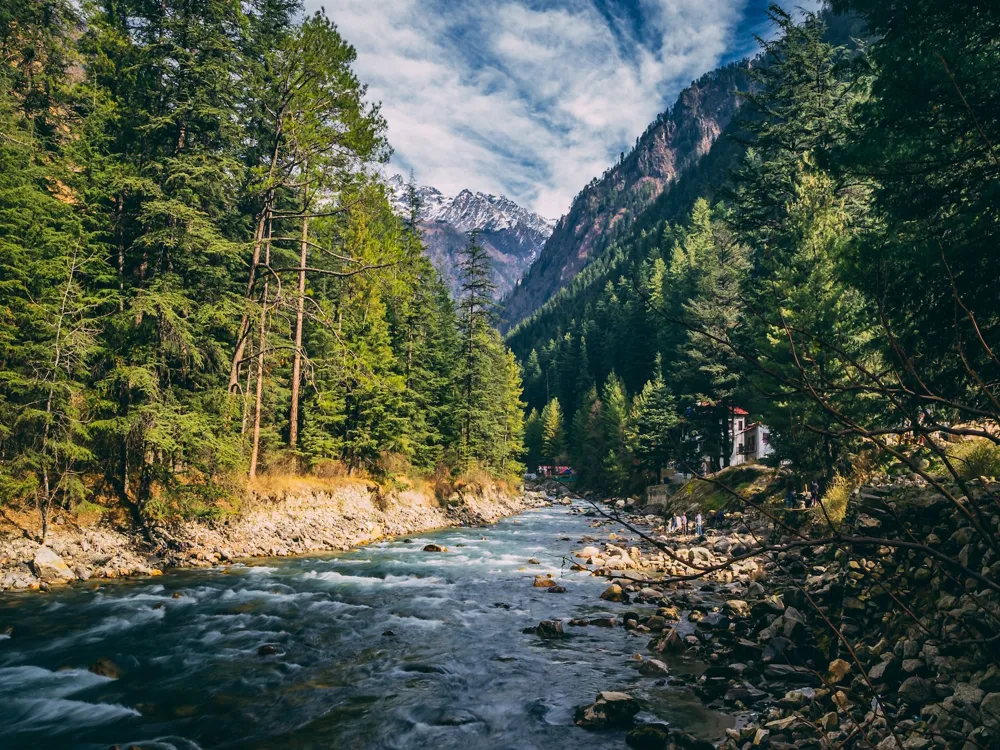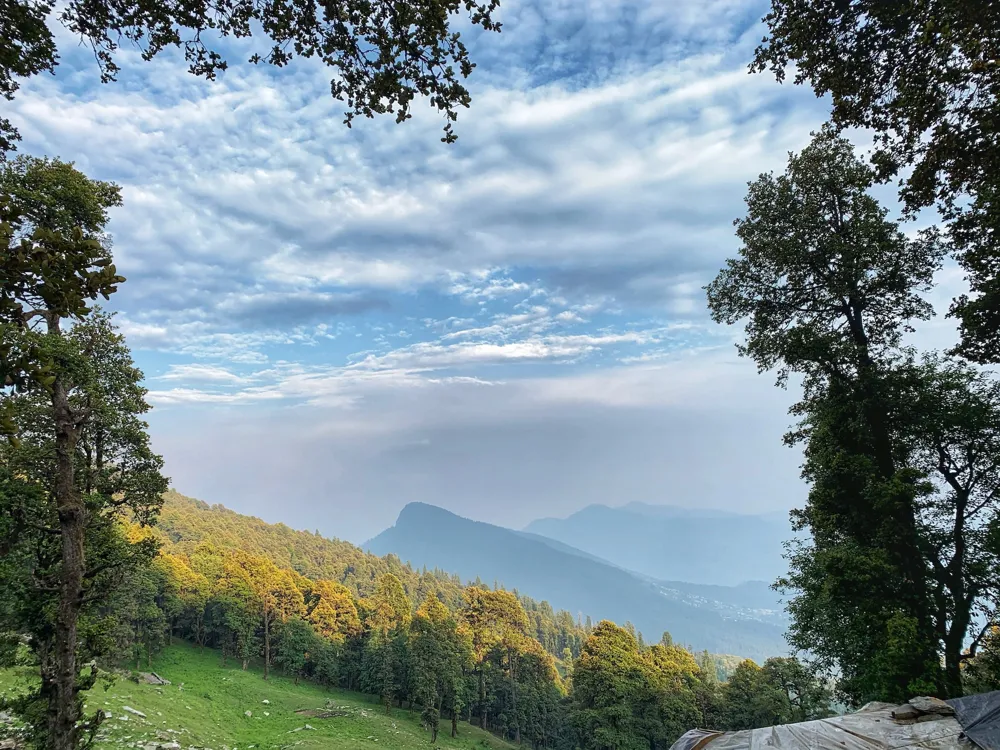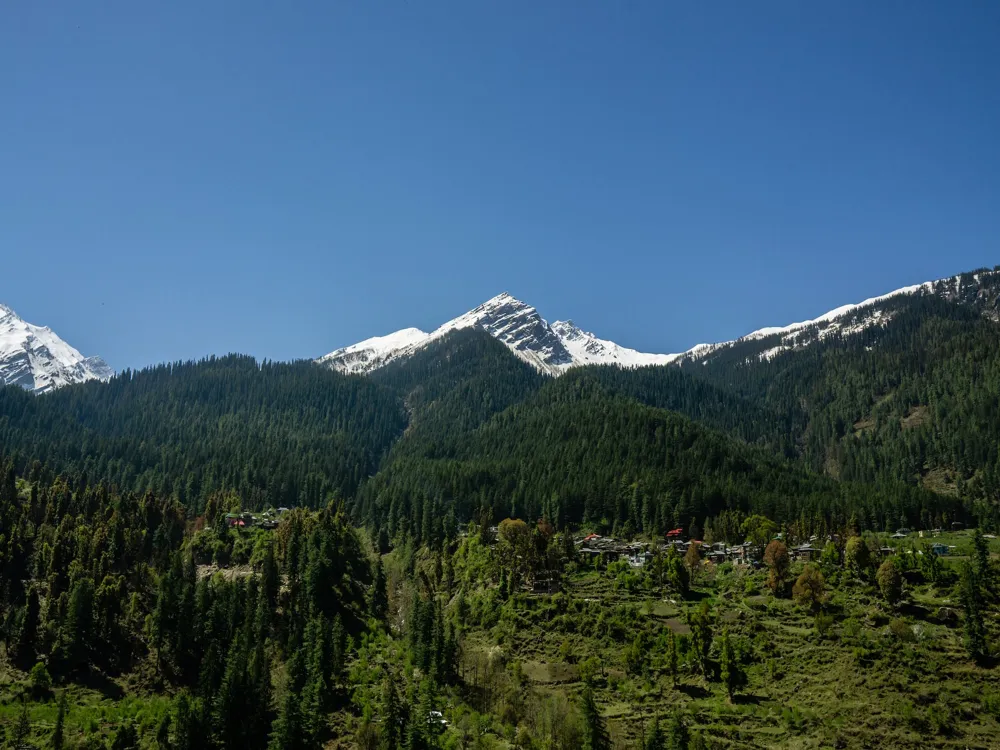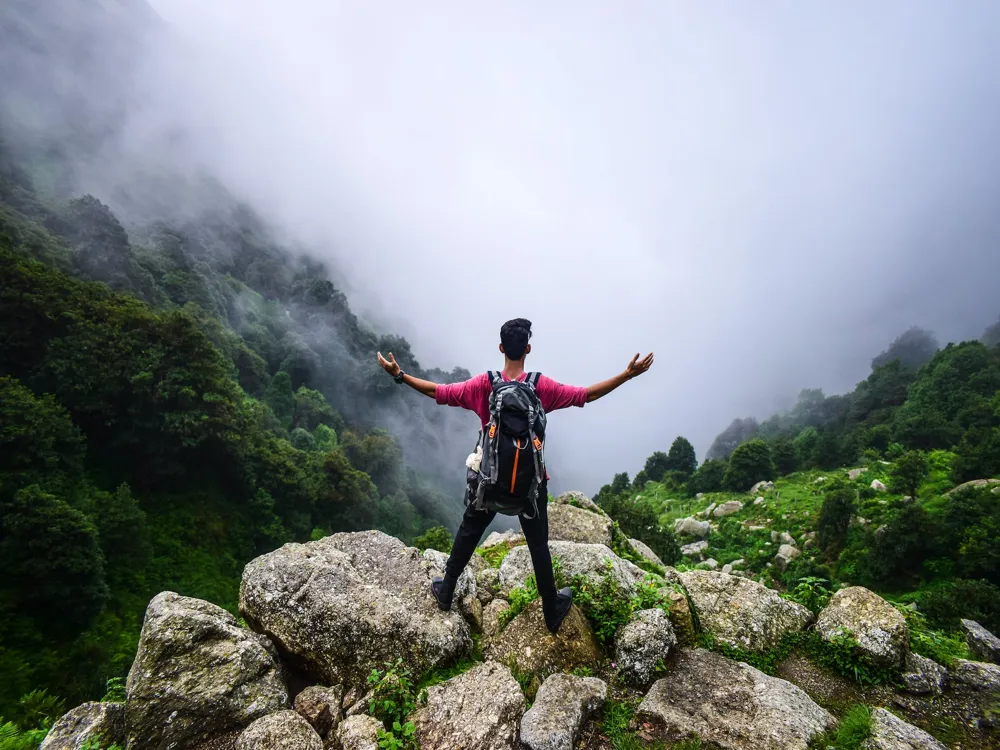Overview of the Statue of Padmasambhava in Mandi, Himachal Pradesh
Nestled in the serene landscape of Mandi, Himachal Pradesh, stands the awe-inspiring statue of Padmasambhava, a revered figure in Tibetan Buddhism. Padmasambhava, also known as Guru Rinpoche, is celebrated for his significant role in spreading Buddhism across Tibet and the Himalayan regions. This magnificent statue not only symbolizes spiritual reverence but also showcases the rich cultural heritage of the region.
The statue is located in Rewalsar, known as Tso Pema to Tibetans, a town famed for its sacred lake and religious significance. Rewalsar Lake, surrounded by verdant hills, adds to the mystical ambiance of the area, making it a popular destination for both pilgrims and tourists. The presence of the statue here is particularly significant, as it is believed that Padmasambhava manifested himself from a lotus in Rewalsar Lake, linking the statue to the mythological and spiritual lore of the place.
Standing at an impressive height, the Statue of Padmasambhava dominates the landscape, visible from various vantage points around the lake. It serves as a beacon of peace and spirituality, drawing visitors from all corners of the world. The statue's location in Mandi, a district known for its rich history and numerous temples, further enhances its spiritual importance.
The construction of the statue was a monumental undertaking, reflecting the devotion and skill of the craftsmen involved. It represents a blend of religious dedication and artistic prowess, making it not just a religious icon but also a masterpiece of sculptural art. The statue's presence has significantly impacted the socio-cultural landscape of Mandi, contributing to the area's spiritual atmosphere and boosting tourism.
Visitors to the Statue of Padmasambhava are often struck by its tranquil yet powerful presence. The site offers a unique opportunity to delve into the spiritual and cultural aspects of Tibetan Buddhism while also enjoying the natural beauty of Himachal Pradesh. Whether one is seeking spiritual solace, an insight into Buddhist teachings, or simply the pleasure of witnessing an architectural marvel, the Statue of Padmasambhava in Mandi is a destination that offers an enriching and unforgettable experience.
Architecture of the Statue of Padmasambhava
The Statue of Padmasambhava in Mandi is a marvel of religious architecture, reflecting the intricate craftsmanship and deep spiritual symbolism of Tibetan Buddhist art. The statue, exuding an aura of divinity and peace, stands as a testament to the artistic and spiritual heritage of the region.
One of the most striking features of the statue is its size. Towering above the landscape, it commands attention and reverence. The scale of the statue is not just physically impressive but also symbolically significant, representing the immense spiritual stature of Padmasambhava in Buddhism. The sheer size of the statue makes it a focal point of the area, visible from afar and drawing visitors towards it.
The design and construction of the statue involved meticulous attention to detail, adhering to the iconography typical of Padmasambhava depictions in Tibetan Buddhism. Every aspect of the statue, from the facial expressions to the posture, the clothing, and the accessories, is imbued with symbolic meaning. The statue typically depicts Padmasambhava in a seated position with a serene expression, symbolizing wisdom and compassion.
The materials and techniques used in the construction of the statue also hold significant importance. Traditionally, such statues are made using metal, stone, and other durable materials, ensuring their longevity and resilience. The crafting process often involves elaborate techniques passed down through generations, showcasing the rich artisanal heritage of the region.
Additionally, the statue's placement within the natural landscape of Mandi adds another layer of meaning. The surrounding hills, the sacred lake, and the lush greenery complement the spiritual essence of the statue, creating a harmonious blend of nature and spirituality. This thoughtful integration of the statue with its environment reflects a deep understanding of the importance of nature in Tibetan Buddhist philosophy.
The architecture of the Statue of Padmasambhava is not just a display of artistic skill but also a physical embodiment of the teachings and values of Buddhism. It serves as a bridge connecting the divine with the earthly, inviting visitors to reflect, meditate, and find inner peace. The statue’s architectural brilliance, coupled with its spiritual significance, makes it a masterpiece of religious art and an enduring symbol of peace and wisdom.
Tips for Visiting the Statue of Padmasambhava
Respect Local Customs and Traditions
When visiting the Statue of Padmasambhava, it's important to show respect for the local customs and religious practices. Dress modestly, and be mindful of your behavior in this sacred space.
Best Time to Visit
The best time to visit the statue is during the early morning or late afternoon, when the weather is pleasant and the crowd is thinner, providing a more peaceful experience.
Photography Guidelines
While photography is allowed, it's crucial to follow any specific guidelines or restrictions, particularly in the areas of religious significance around the statue.
Exploring the Surrounding Area
Allocate time to explore the surrounding area of Rewalsar Lake and other nearby attractions to fully experience the region's natural beauty and cultural richness.
Local Cuisine and Accommodations
Try the local cuisine in the nearby towns, and consider staying in local guesthouses or hotels to support the local economy and enjoy a more immersive experience.
How To Reach the Statue of Padmasambhava
The Statue of Padmasambhava in Mandi is accessible by various modes of transportation. The nearest airport is in Bhuntar, from where you can hire a taxi or take a bus to Mandi. For those traveling by train, the nearest railway station is in Joginder Nagar. From there, regular buses and taxis are available to reach the statue. If you're driving, Mandi is well-connected by road to major cities like Delhi and Chandigarh. Upon reaching Mandi, local transport options like taxis and buses can take you to Rewalsar, where the statue is located.
Read more
Mandi Tourism
Best Time to Visit Mandi
How to Reach Mandi
Things To Do, Mandi












